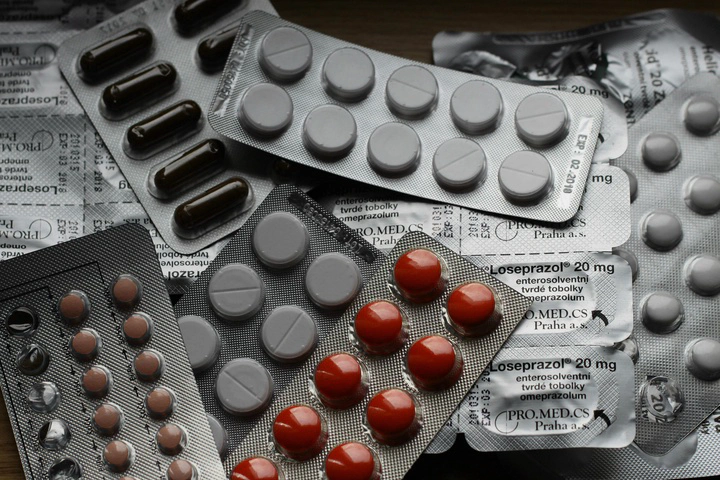Other applications

Although optogenetics is one of the most promising light-based technologies, other areas of research and industry are also using the power and precision of light. The ability to precisely control light with well plate illumination devices opens up new possibilities for a wide range of scientific research and practical applications.
Photopharmacology
Photopharmacology is an emerging field that harnesses light to precisely control the function of pharmaceutical agents. This innovative approach allows activation or deactivation of drugs at specific times and locations within the body, facilitating the development of highly targeted therapies that minimize side effects and enhance treatment efficacy.
-
Precision and Reversibility: Drugs are designed to be activated by specific wavelengths of light, allowing spatial and temporal control over their effects. This enables a drug to be administered in an inactive form and then activated precisely at the exact location where it is needed, such as a tumor site. Once the drug has performed its intended function, its activity can potentially be deactivated by turning off the light, minimizing the potential for unwanted side effects.
-
Applications and Examples: Researchers have developed light-sensitive molecules that can control the activity of ion channels or enzymes, which are crucial in various diseases. One example is the use of photoactivatable chemotherapy drugs that more precisely target cancer cells, preventing damage to healthy tissues. This concept is currently being explored in various preclinical and clinical studies, with promising results in reducing the toxicity of cancer treatments.
Plant Biology
Optimal light control is also required to enhance the growth and productivity of plants and algae, which are key components in sustainable agriculture and biofuel production.
- Algae Growth Optimization: A key application in plant biology is the optimization of light cycles to maximize algae growth. Algae, rich in nutrients and with potential for conversion into biofuels, benefit from precise control of light exposure and intensity. By leveraging well plate illumination devices to fine-tune these parameters, researchers can enhance the photosynthetic efficiency of algae, resulting in higher yields and more efficient production processes.
Photochemistry
Photochemistry is the study of chemical reactions initiated or accelerated by light. This field has a broad range of applications, from material science to environmental chemistry. Well plate illumination devices are facilitating photochemical experiments.
-
Chemical Reactions under Light: In photochemistry, light is employed to initiate chemical reactions that might not occur under normal conditions or to increase reaction rates. Using illumination devices, researchers can control the wavelength, intensity, and duration of light exposure with high precision, enabling a detailed study of reaction mechanisms and the development of new materials and catalysts.
-
Applications in Material Science: Photochemistry plays a crucial role in developing light-responsive materials, such as photoresists used in semiconductor manufacturing or smart materials that change properties when exposed to light.
-
Environmental Chemistry: In environmental chemistry, photochemistry is vital for understanding and mitigating pollution. Light-driven processes are used to break down harmful pollutants in water or air, contributing to the reduction of environmental contaminants.